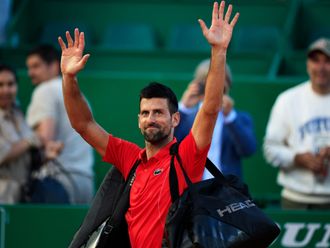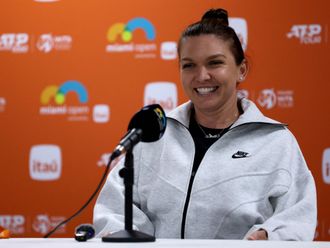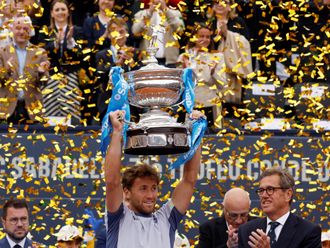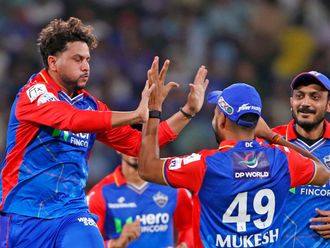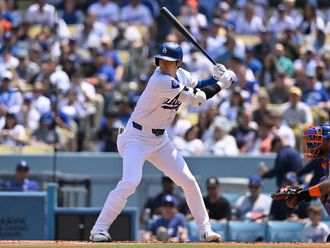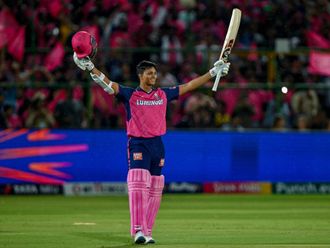New York: Kei Nishikori’s journey to the US Open final began as a five-year-old in Shimane, took a huge leap to Florida as a shy teenager and endured numerous medical detours.
The 24-year-old Japanese became the first Asian man to reach a Grand Slam final on Saturday with a stunning 6-4, 1-6, 7-6 (7/4), 6-3 victory over world number one Novak Djokovic, all the promise of his early years suddenly realised.
Encouraged by his engineer father Kiyoshi and piano teacher mother Eri to pick up a racquet, Nishikori, like so many others, eventually headed for the tennis proving grounds of Florida when he was 14.
He has been in the US ever since.
He had no English skills when he arrived at the famed Nick Bollettieri Acadamy, but soon fell in with the sport’s movers and shakers — his roommate was Zach Gilbert, son of Brad Gilbert, the former player who would become his coach.
“When I moved to Bradenton in 2004, even though I couldn’t speak a word of English, I didn’t feel homesick,” he once told Deuce magazine.
“I was too busy developing my game. I have always been blessed with a powerful forehand but had to work on my service motion and footwork around the court. I would make too many mistakes in my attempts to hit winners off every stroke.”
One of his first ambitions was wrapped up in ‘Project 45’, the long-term plan for him to get beyond the world ranking of 45 held in 1992 by compatriot Shuzo Matsuoka, Japan’s most successful player until Nishikori came along.
He clinched his first ATP title at Delray Beach in Florida in 2008 when he was ranked just 244 in the world, coming through qualifying and defeating James Blake in the final.
Victory meant he was the first Japanese winner of a tour title in 16 years and paved the way for him to be named ATP Newcomer of the Year.
But injuries were never far away, with Nishikori forced to miss the French Open, Wimbledon and the US Open in 2009 with a right elbow injury.
When he returned to action in April 2010, his ranking had slipped off the radar completely, but steadily he began his climb into the big time.
In 2011, he won 36 matches in the year, beating top tenners Tomas Berdych and Djokovic in Basel before reaching his first Masters-level semi-final in Shanghai, where it took Andy Murray to stop him.
It also helped him to achieve the objective of Project 45, with his ranking moving to 30th in the world.
The following year brought title number two in Tokyo, an Australian Open quarter-final run — the best by a Japanese man in 80 years — and a year-end ranking of 19, but in between there were more physical setbacks as an abdominal injury forced him to skip another French Open.
Last year, Nishikori claimed his third title, in Memphis, on his way to a career-high ranking of 11.
His next goal of a top 10 ranking came earlier in 2014 after another roller-coaster campaign had seen him beat Roger Federer in the Miami quarter-finals before having to scratch from the semi-final against Djokovic with a groin injury.
Undeterred, Nishikori then became the first Japanese player in the Open Era to win a clay-court title at Barcelona before a back injury forced him to retire from the Madrid Masters final against Rafael Nadal.
“We didn’t deserve victory, Nishikori deserved it,” said Toni Nadal, the uncle and coach of the nine-time French Open winner.
But he had done enough in the European claycourt season to move to nine in the world, another first for an Asian man.
Nishikori’s 2014 heroics have been engineered by former French Open champion Michael Chang, brought in as coach to work alongside long-time handler Dante Bottini.



